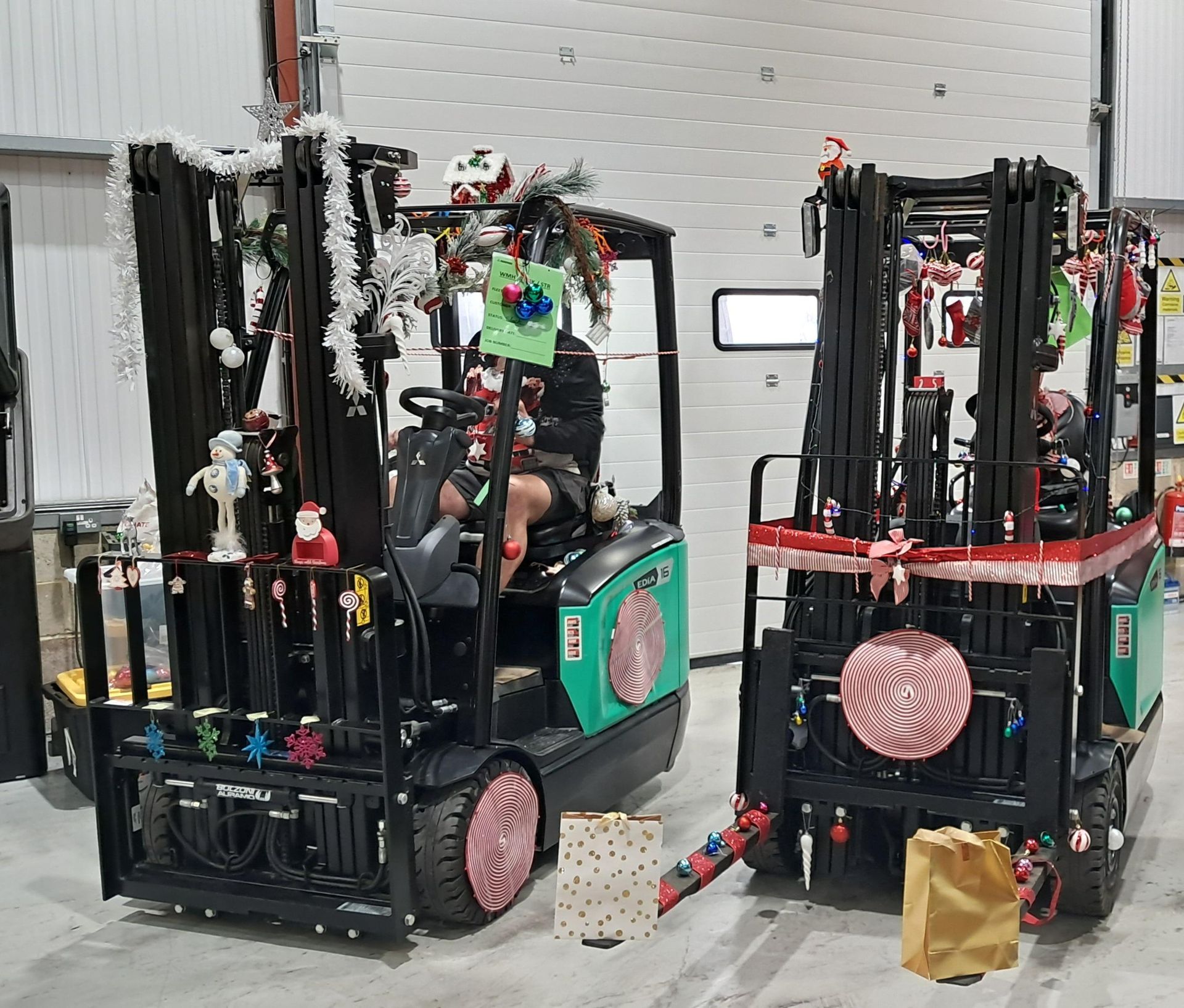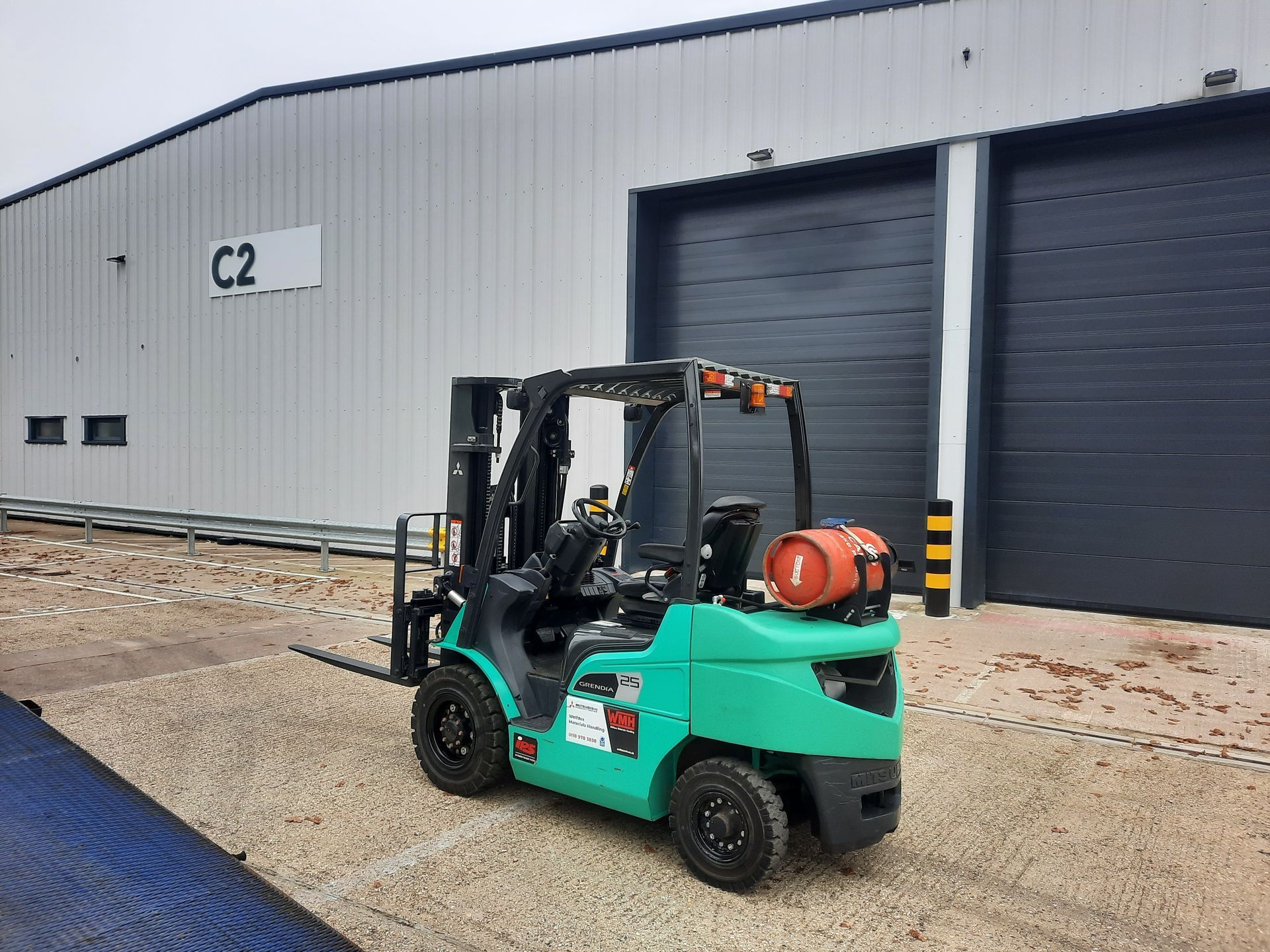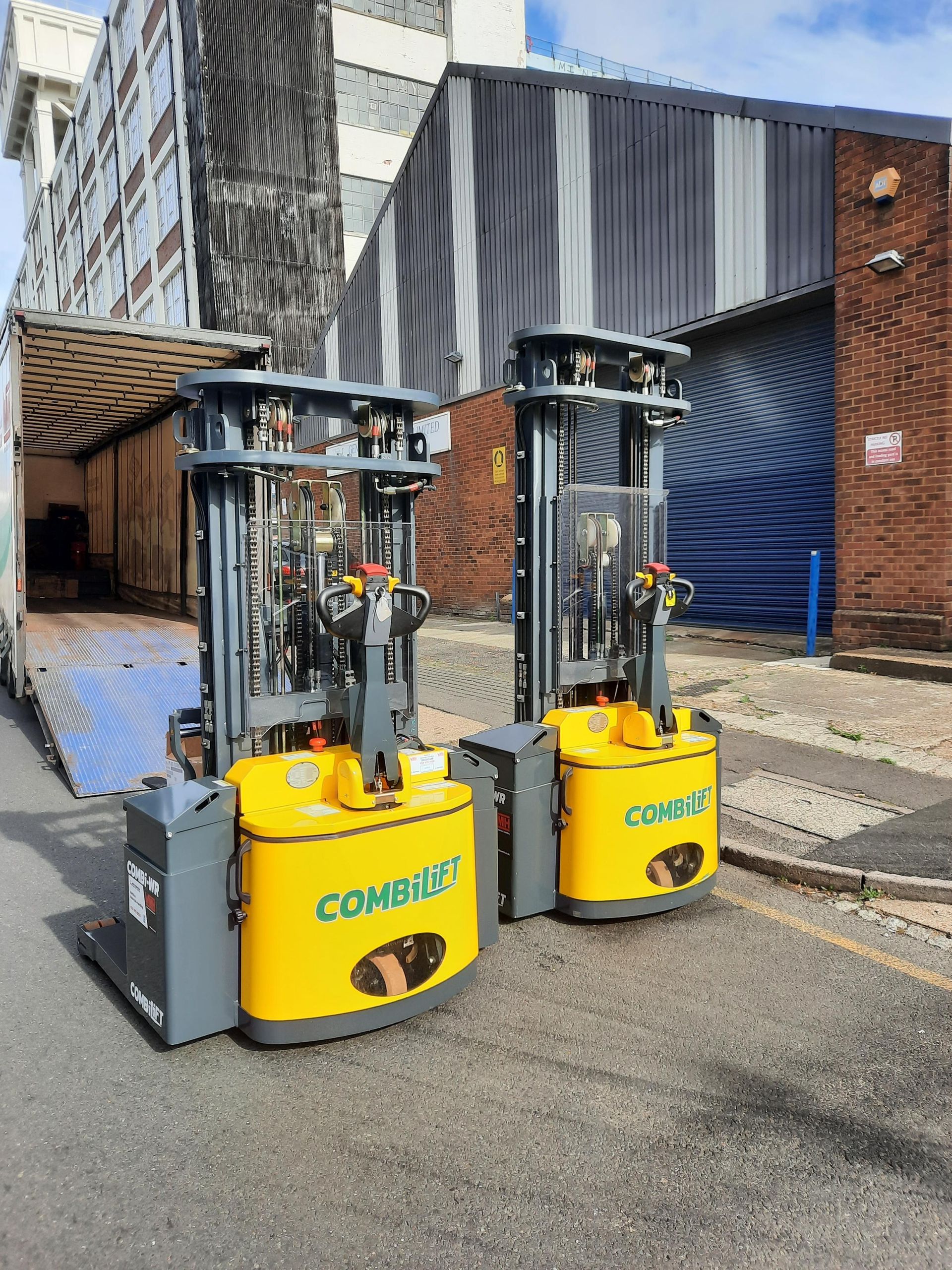WHY THE UK FORKLIFT OPERATOR CRISIS IS ACCELERATING SALES OF AUTOMATED HANDLING SOLUTIONS
Much of the news over the recent months has been focused on the lack of HGV drivers, however, there is also a forklift driver shortage which is causing problems in the materials handling industry and is driving more companies to adopt automated guiding vehicles (AGV’s) for their warehouse logistics.
What Has Caused the Shortage?
CEO of the United Kingdom Warehouse Association (UKWA) told the BBC that some of the shortage is due to Brexit. Despite the media’s focus on solely the HGV driver shortage, the percentage of EU forklift drivers prior to Brexit was in fact double the number of HGV drivers. According to a survey by Logistics UK, 79,000 EU citizens left the UK logistics industry in 2019, of which about 7,000 were forklift drivers. Now, qualified lift truck operators are down by 25% on the figure needed to run forklift fleets in the UK, causing significant problems for the warehousing sector.
Increased Uptake of Automated Handling Equipment
This, combined with rising wages for forklift drivers could accelerate the move to automated material handling equipment. With human labour being one of the most significant warehouse operation costs, a spike in wages will only strengthen the switch to automation.
AGV’s not only come with lower labour costs but can increase productivity and reduce product and building infrastructure damage. AGV’s are also safer and companies seeking to mitigate the risk of operator deaths are starting to move to automated vehicles.
Earlier this year, Mitsubishi announced its ΣSynX (Sigma Synx) solution concept for automation and intelligence in logistics equipment. Developed under the direction of Mitsubishi Heavy Industries ICT Solution Headquarters, the concept expresses all the elements in its name (Σ= sum total, Syn= synchronization and coordination, X= future). Mitsubishi’s Logisnext’s automated forklifts find their way around busy warehouses using laser-guided systems that map the layout and detects obstacles. The truck aims to maximize warehouse storage and freight handling capacity and the AGF panel face displays expressions and emotion to communicate with nearby workers, such as requesting that they give way at intersections, which enhances productivity and overall safety in the warehouse.
AGV’s can be used for all sizes of warehouses but big firms are certainly leading the way in the move to automation. DHL Supply Chain, the logistics arm of DHL, claimed earlier this month that by 2030, they predict around 30% of their pallet vehicles will be robotic. In current deployments at DHL, the autonomous forklifts already achieve 65% of human productivity and move an average of 10-15 pallets per hour. DHL calculates that with 24-hour operation, a fleet of just a dozen of these autonomous forklifts can already handle more than 1,000,000 pallets per year, highlighting the unbeatable benefits of automated forklifts.
Are Forklift Drivers Still in Demand?
Despite this movement towards automation and AI software to operate forklift trucks, forklift drivers are still very much in demand. Forklift operators have been working in crisis mode for nearly two years and the logistics industry is desperately trying to raise awareness of job opportunities. Although AGV use in warehouses is likely to see a rise over the next decade, there are labour shortages and skills gaps that need to be addressed in the industry and the demand for forklift operators is unlikely to die down anytime soon.
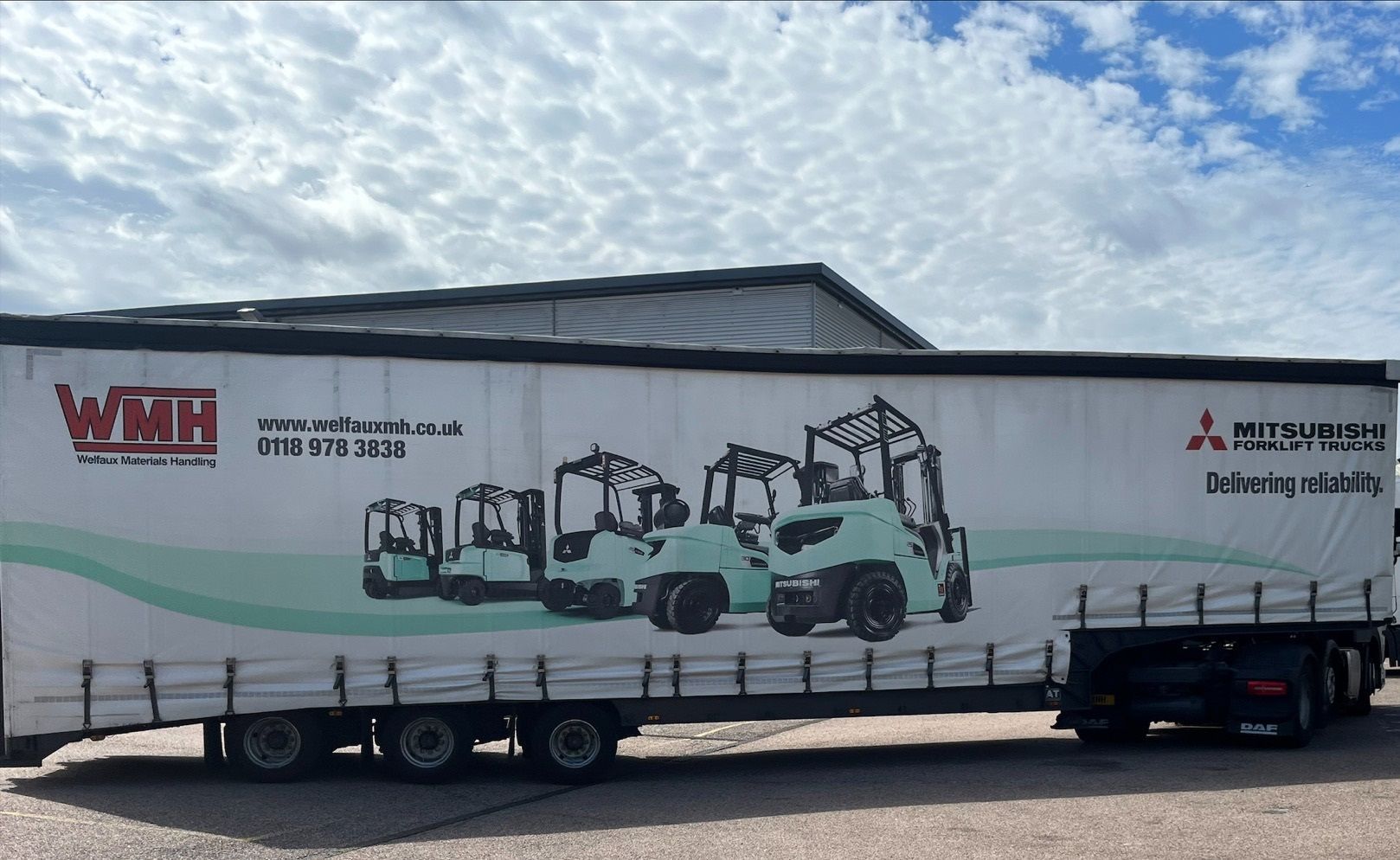
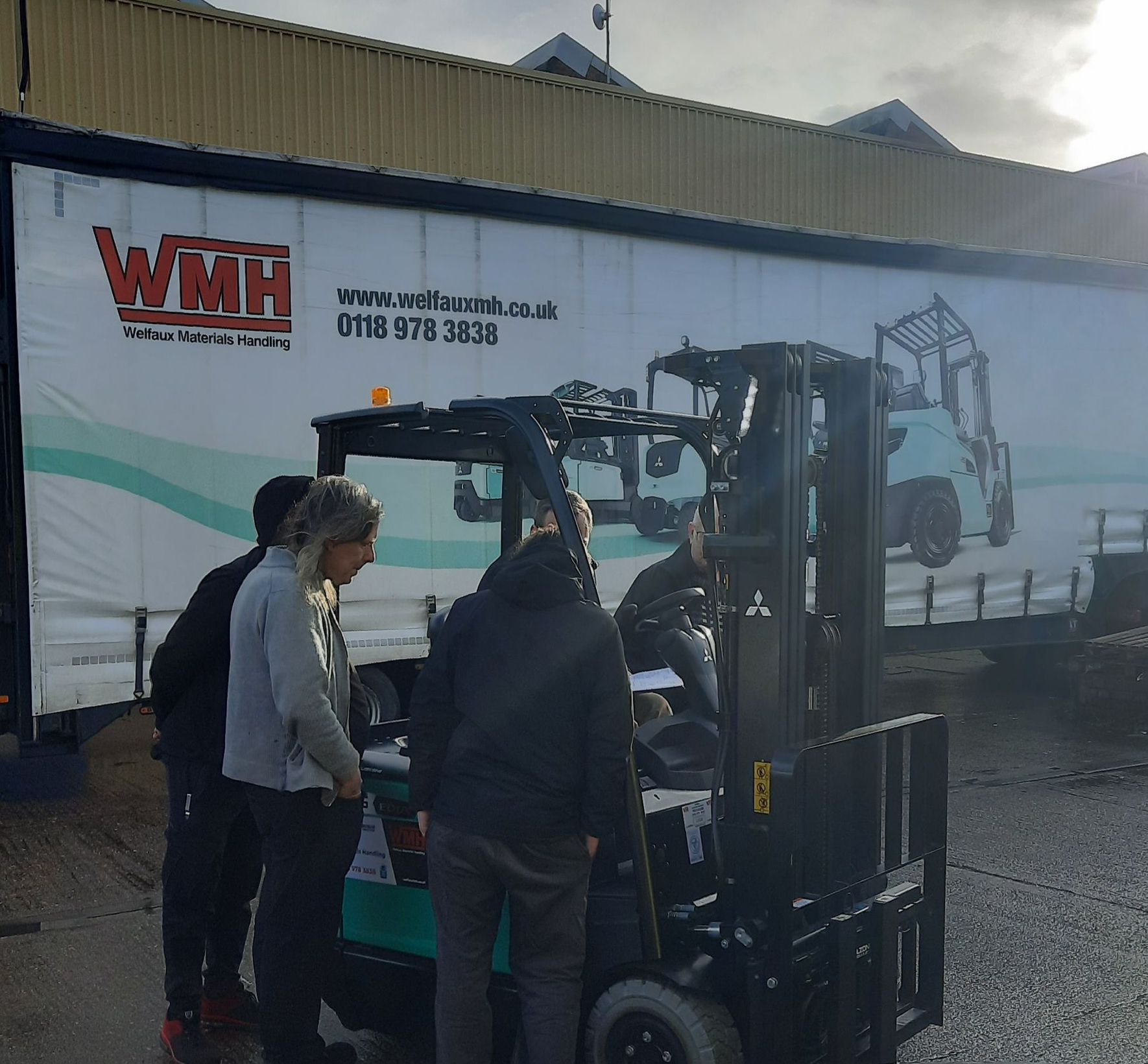
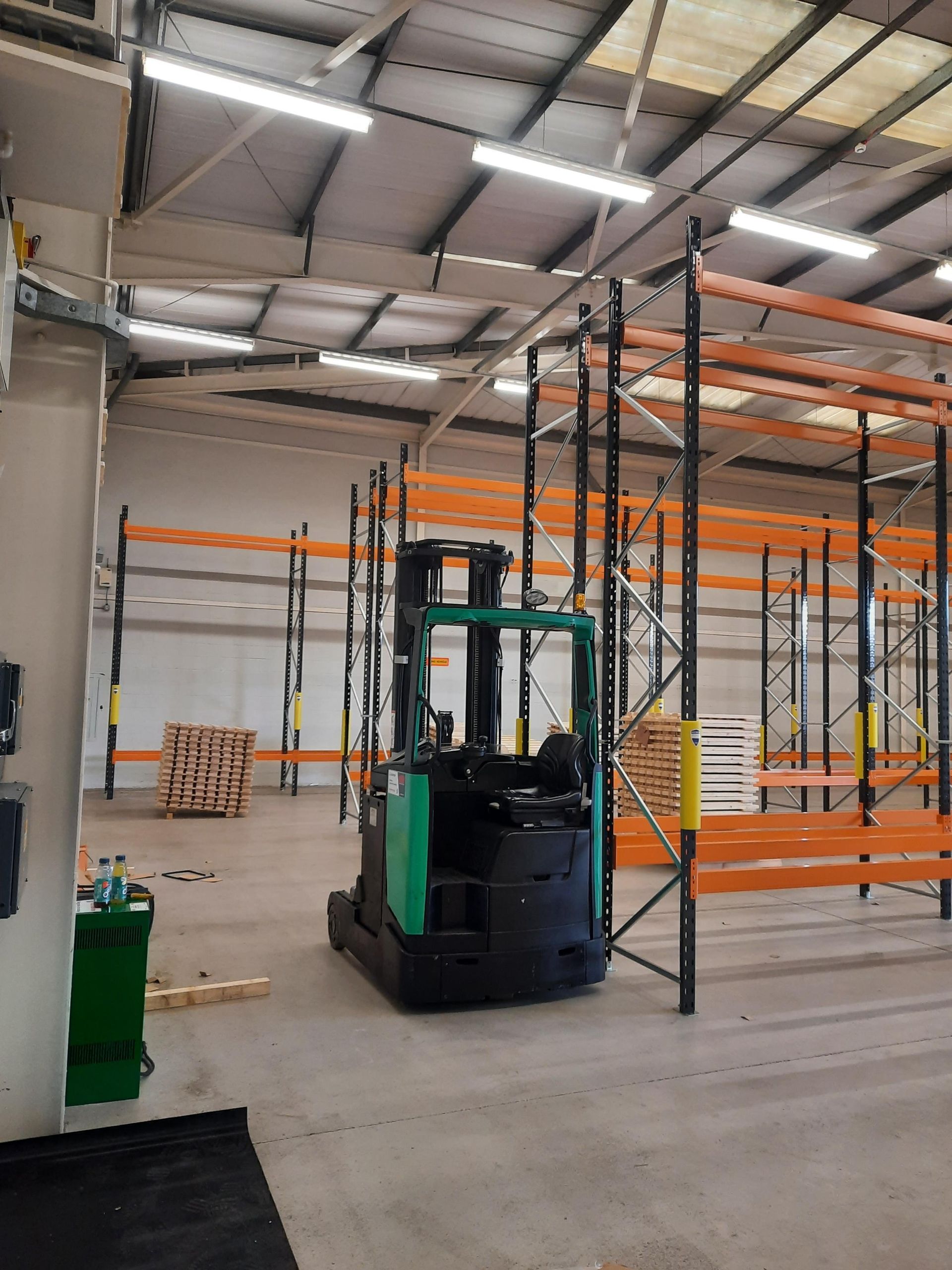
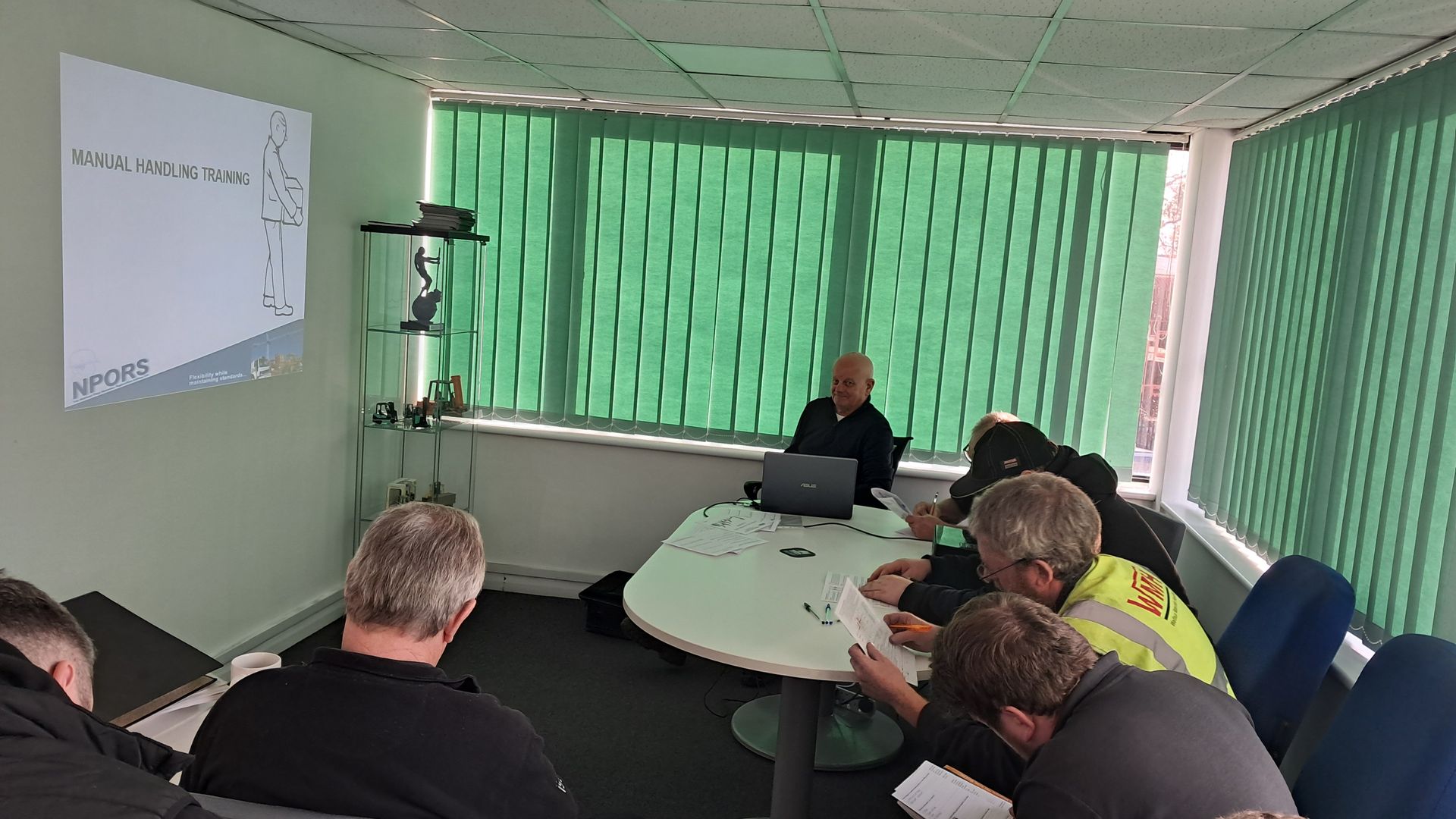
Welfaux Limited
Toutley Industrial Estate
Toutley Road, Wokingham
RG41 1QN
Quick Links
Affiliations
All Rights Reserved | Welfaux Material Holding
Sign up for news, alerts, stock lists and offers
Contact Us
Thank you for signing up to Welfaux MH.
Please try again later.

